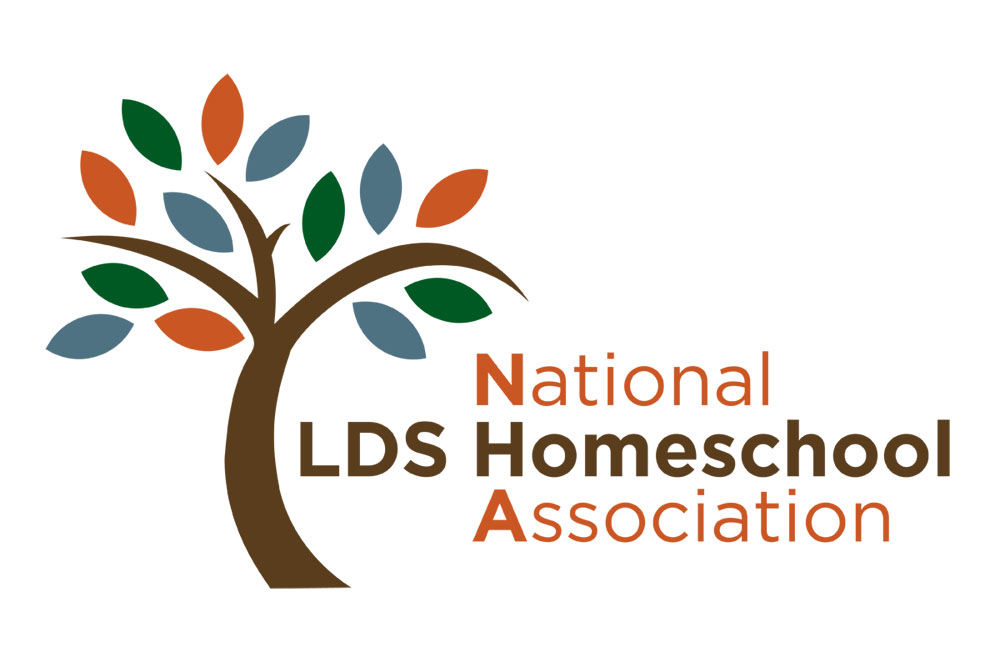As the new school year begins, we plan, and schedule, and purchase so that we can have a successful year in our homeschools. I have found that the most important part of getting ready for the new school year begins with me. I have to begin my planning with the end in mind. I have to have a clear picture in my head so that I can see my homeschool and what will happen each day. As I take the time to do this it really helps me focus in on the important details, not just what books I have purchased. Here are some of the things I would suggest for beginning with the end in mind.
See the Why.
If you do not know why you are homeschooling you will fail. If you are homeschooling because you are reacting to someone or something, you will fail because homeschooling is hard! It is hard having your children around every day. It is hard listening to negative comments from others about the crazy thing you are doing with your children. It is hard to fight the battle to get it all done. But if you have prayed and pondered and studied and know why, nothing can shake you from your purpose. You will be able to weather the storms because you know where you are going and why.
See your children.
Whether you have 1 or 12, you need to see each child as an individual, and what their needs are at their current age and stage. Again, as a matter of prayer, seek to know what you need to do with each of your children, even if it is to just keep doing what you’ve been doing. Your school year will be much more successful. Especially, if you continue to do it throughout the school year.
See the relationship.
How is your relationship with that child? Do you need to do damage control? Are things going as you would like? How are they relating to other family members? To their Heavenly Father? To me, the most important reason I homeschool is to foster these relationships. Everything else that we accomplish is gravy.
See the talent.
Look again at each of your children. What are their talents? What can you help them accomplish this year in developing them? Are they spending too much time doing things that take them away from pursuing them? What needs to change to make that happen? One of the benefits of homeschooling is to be able to take the time for our children to develop personal talents. If we are too focused on academics or busyness we miss that opportunity.
See the challenges.
Just as a ship’s captain has to know the dangers of the reefs ahead and how to navigate them, you too must look ahead and see the challenges you will face this year. Is it a new baby? A challenging teenager? An illness? Or just busyness? When you can see those things that might lead you off track from your goals you can plan ahead and know how to deal with them.
See the accomplishments.
Visualizing what you want to accomplish in your school year will help you achieve your goals. Homeschool burn out happens when you work and work and work and see no results. Do you want to make sure that you include art in your school this year? Then visualize what you think that would be. If art class every week is too much, set the goal to 2 times a month, then take pictures of what you do. At the end of the year you will see what you accomplished, even if it is only baby steps toward your goal. Sometimes the goal is to just be consistent in doing school every day. Pat yourself on the back for each day school happens in your home, even if it isn’t a perfect day. Mark it on the calendar and I think you will see it happens more often than you think!
See the schedule.
I am a schedule person. At least on paper. But then the toddler destroys a room and clean up destroys the schedule. I have learned that it is more important that the order of things is honored than a timetable. We have 4 deadlines in our house. The first one is what needs to happen before we start school, the second is what we accomplish before lunch, the third is between lunch and dinner and the last is what happens before bed. Since I have 8 boys most of these hit a mealtime or snack time. It is amazing how food motivates them to get it done. If you have visualization of what you need to have done when, then things move along and you are not still doing school at 6pm. It is also easier to be flexible because you can trash the morning, but the afternoon schedule is still in place. Everyone knows where to pick up the schedule.
See the joy.
If you’re not experiencing joy in your homeschool you need to ask why. Yes, homeschooling is challenging, hard, exasperating, frustrating and did I say, hard? But, there needs to be an element of joy or you will burn out, both you and your kids. That doesn’t mean that every day has to be a circus (ok, if you have toddlers or preschoolers, then never mind) or that every activity you do with your kids is fun. That’s unrealistic. If you are not experiencing deep satisfaction in what you are doing, then you need to go back to “See the why”.
Taking time to “see” our homeschools will help us navigate the challenging waters and reach the destination we are heading for - a positive, happy, productive homeschool.
You can leave your thoughts, comments or suggestions here on my feedback page. Thanks!
- Kari

